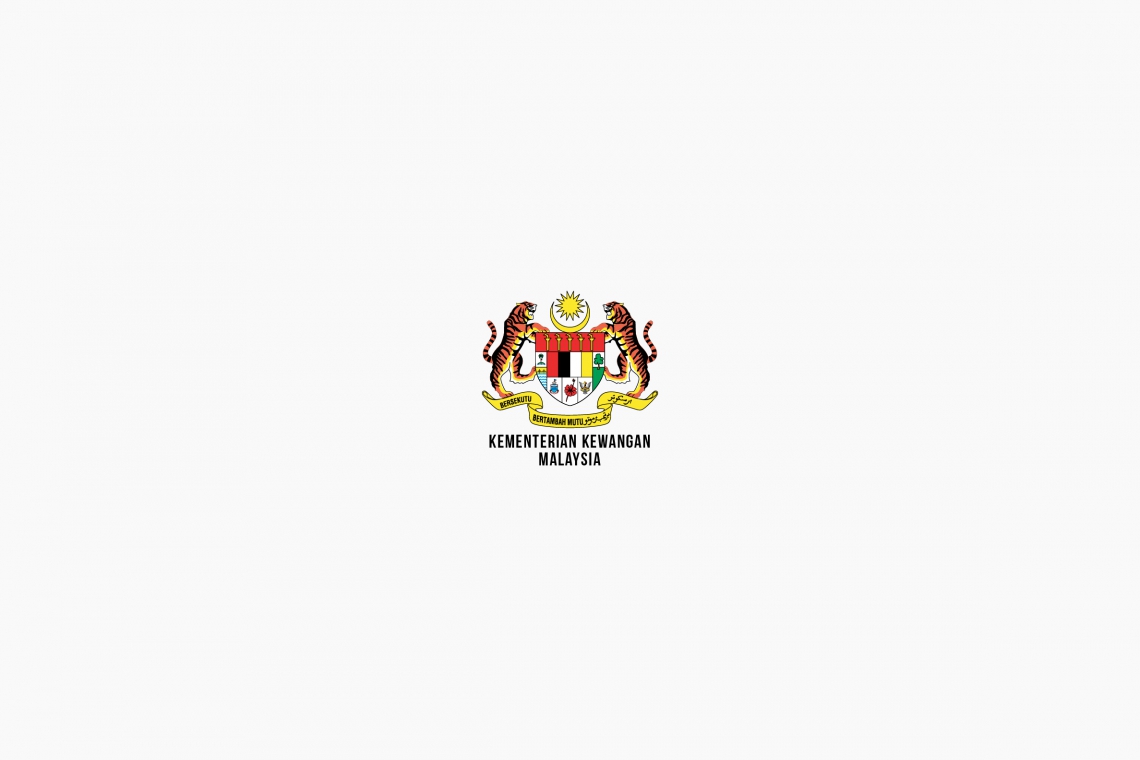WHAT ARE YOU LOOKING FOR?
Popular Tags
Press Release
Commentary On Q3, 2020 GDP Growth

Bank Negara Malaysia (BNM) and Department of Statistics Malaysia (DOSM) announced that the country’s Gross Domestic Product (GDP) contracted at a much slower pace of 2.7% year-on-year (Y-o-Y) in the third quarter of 2020 (3Q2020) compared to the double digit decline of 17.1% in the second quarter (2Q2020). This is reflective of a solid economic recovery which is also represented by the monthly economic performance in 3Q2020 (July: -2.7%; August: -3.6%; September: -1.6%).
The improvement largely reflects the reopening of the economy after various iterations of the Movement Control Order (MCO) in 1Q2020 and 2Q2020, as well as better external demand conditions. Growth was registered across most economic sectors, particularly in manufacturing. On the expenditure side, although domestic demand contracted at a slower pace, net exports rebounded. On a Q-on-Q seasonally-adjusted basis, the economy turned around to recover by 18.2% (2Q2020: -16.5%).
The manufacturing sector grew 3.3% in 3Q2020, attributed to the turnaround of exports-oriented industries which grew at 5.0% (Q2 2020: -13.5%). Total exports in the month of September 2020 recorded a double-digit growth of 13.6% Y-o-Y. The services sector, on the other hand, recorded a smaller contraction of 4.0% Y-o-Y in 3Q2020, a significant improvement from -16.2% in 2Q2020.
With the reopening of the economy, the unemployment rate dropped to 4.7% in 3Q2020 (cf. 2Q2020: 5.1%). September 2020 unemployment was 4.6%, a marked decrease from the peak of 5.3% in May. This is indicative of the effectiveness of PRIHATIN, PRIHATIN SME+, PENJANA and KITA PRIHATIN measures to save and create jobs amidst the pandemic, and prepare the path towards economic recovery.
In contrast, many countries have reported a worse contraction in their 3Q2020 growth Y-o-Y: Singapore’s growth slumped to -7.0%; Indonesia’s at -3.5% while the Philippines saw a contraction of 11.5%. Similarly, developed countries such as the Eurozone (-4.3%) and the United States (-2.9%) also suffered contractions as reported by OECD.
During the quarter, based on BNM data, net financing to the private sector continued to expand by 4.6% on an annual basis, supported mainly by household loans with broad-based improvements in loan demand. Loan disbursement levels also recovered, with disbursements to households exceeding historical levels.
ECONOMIC OUTLOOK
The Conditional Movement Control Order (CMCO) has been implemented throughout the Klang Valley since 14 October 2020, and extended to 6 December 2020 to the whole of Peninsular Malaysia except a few states. This will most likely impact GDP growth for 4Q2020. While this is expected to affect consumer demand – especially in retail, food and beverages, accommodation and hospitality, as well as transportation – measures under PENJANA AND KITA PRIHATIN on wage subsidy, incentives on hiring and training and many others are still continuing until end-2020, and are expected to cushion some impact from the various iterations of the MCO.
The Government also continues to be cognisant of the need to ensure that the vulnerable and newly vulnerable will continue to be taken care of; and those in the economic sector – particularly SMEs and micro-SMEs – are appropriately supported.
The Government remains focused on its 6R strategy (Resolve, Resilience, Restart, Recovery, Revitalize and Reform) to help the economy recover, particularly as we head into 2021. Expected improvement in global demand, a lower interest rate environment and a turnaround in public and private sector expenditure amid various policy support will support this goal. Key to this recovery is the recently tabled Budget 2021, which outlines comprehensive measures to ensure the rakyat’s well-being, business continuity and economic resilience.
Various short- and medium-term measures are targeted at creating 500,000 jobs and ensuring specific sectors maintain their existing capacity. On the other hand, longer-term measures will lay the foundation for resilience and future growth, like enhancing digital and physical connectivity, and investing in education as well as sustainability. Besides a more targeted approach, the Government aims to strike a balance between fiscal spending and discipline; reduce the rural-urban development gap, and uphold the values of its Shared Prosperity Vision 2030 through Budget 2021.
While the country's GDP is expected to register a contraction of 4.5% for 2020, it is expected to recover by 6.5% - 7.5% in 2021, roughly in line with the forecast by the IMF (7.8%), World Bank (6.3%) and Asian Development Bank (6.5%). As long as a vaccine, while close to being discovered, is still not commercially available, the Government remains cautiously optimistic and committed to ensuring sufficient fiscal space to manage future challenges.
Malaysia’s economic and financial system fundamentals remain sound. Time and time again, the country has also proven its resilience in the face of external volatility and adversity. Notwithstanding the various challenges, the Government will continue to support the rakyat, businesses and the markets to enable the economy to rebound when the global economy improves in 2021.
Tengku Dato’ Sri Zafrul Tengku Abdul Aziz
Minister of Finance
Putrajaya
13 November 2020
